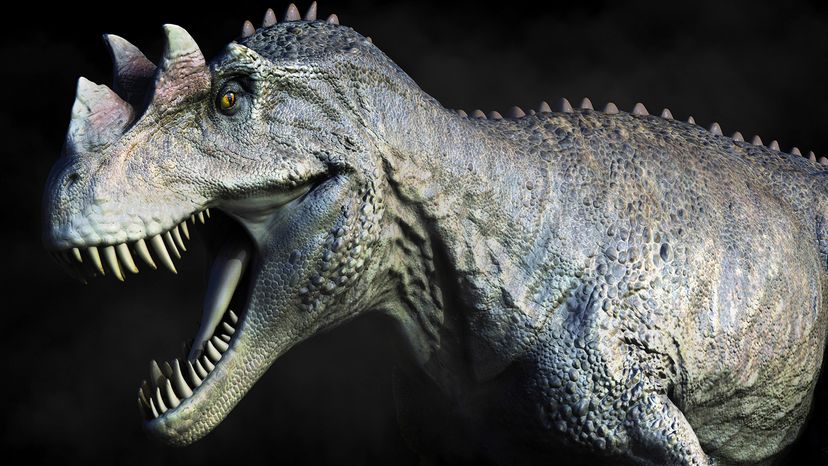The story of Ceratosaurus is as exciting as the dinosaur itself. The first Ceratosaurus skeleton was discovered in Dinosaur National Monument, Utah, in the late 1800s, but its classification has sparked debate for over a century. Originally, Ceratosaurus was considered a single species.
However, over time, scientists discovered variations in the fossils, leading to the identification of Ceratosaurus magnicornis and Ceratosaurus dentisulcatus as potentially distinct species in the same lineage. Although initially discovered in the western United States, specimens thought to belong to Ceratosaurus have been unearthed as far east as Portugal.
Separate authors classified Ceratosaurus in different ways, sometimes as part of a broader theropod group and other times as a more isolated lineage. Analyses considered Ceratosaurus as belonging to its own genus of theropods. This distinct group gained ground during the late Jurassic period and lived alongside other blood drunk predators like Allosaurus.
One theory from paleontologist Oliver Rauhut grouped Ceratosaurus with other horned theropods, while some researchers argued it was part of a unique evolutionary path that excludes Ceratosaurus from closely related theropods like the tyrannosaurs.
Through it all, the Natural History Museum and other institutions have continued studying Ceratosaurus fossils to better understand its place in the dinosaur family tree. This evolving understanding shows how vertebrate paleontology is always discovering new layers (or fossils!) of knowledge.
